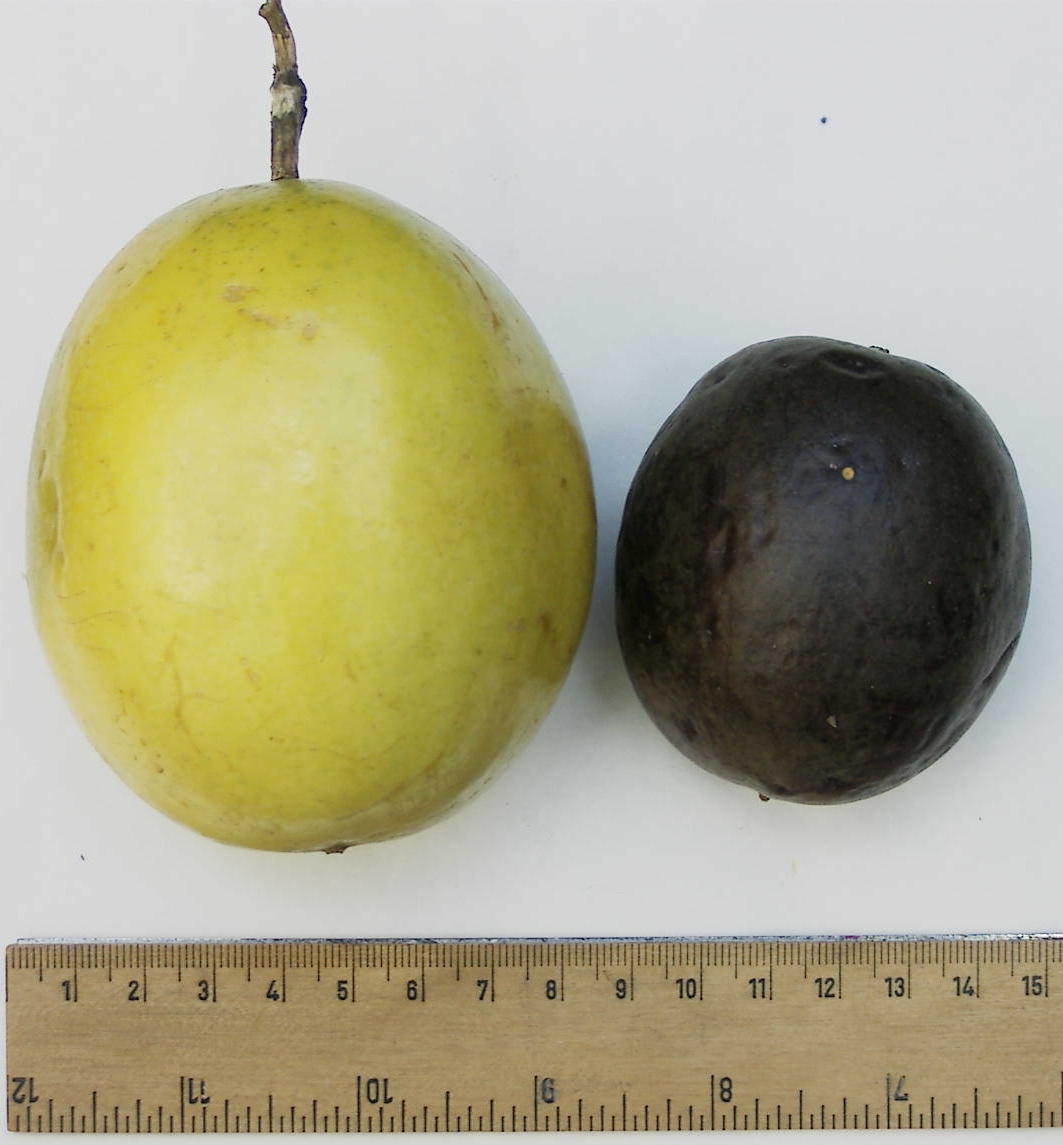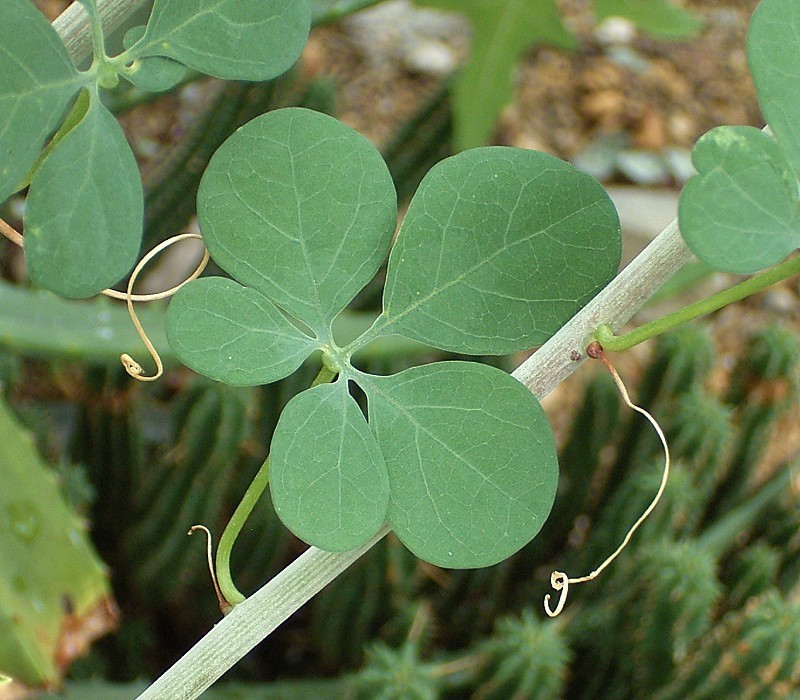|
Bematistes Aganice
''Bematistes aganice'', the wanderer, is a butterfly of the family Nymphalidae. It is found in southern and south-eastern Africa. Description ''P. aganice'' Hew. (58 d) nearly approaches the preceding species 'montana'' now ''Bematistes aganice montana'' , but has a narrower transverse band on the forewing and especially a much narrower median band on the hindwing; these are in the male white-yellow or white, in the female white; the transverse band of the forewing is in the male often almost broken up into spots and the spot in cellule 1 b very small or absent; the ground-colour in fresh specimens is almost black and the sharply defined marginal band of the hindwing in both sexes is 9-11mm. in breadth; the base of the hindwing is nearly black above, dark brown beneath; thus the sexes differ but little from one another. - Larva whitish green with long yellowish spines, yellow-brown head, and blue dots dorsally and laterally. Pupa whitish green with four pairs of long light red ... [...More Info...] [...Related Items...] OR: [Wikipedia] [Google] [Baidu] |
William Chapman Hewitson
William Chapman Hewitson (9 January 1806, in Newcastle upon Tyne – 28 May 1878, in Oatlands Park, Surrey) was a British naturalist. A wealthy collector, Hewitson was particularly devoted to Coleoptera (beetles) and Lepidoptera (butterflies and moths) and, also, to birds' nests and eggs. His collection of butterflies, collected by him as well as purchased from travellers throughout the world, was one of the largest and most important of his time. He contributed to and published many works on entomology and ornithology and was an accomplished scientific illustrator. Life William Hewitson was educated in York. He became a land-surveyor and was for some time employed under George Stephenson on the London and Birmingham Railway. Delicate health and the accession to an ample fortune through the death of a relative led him to give up his profession and he afterwards devoted himself to scientific studies. He lived for a time at Bristol and Hampstead. In 1848 he purchased ten or tw ... [...More Info...] [...Related Items...] OR: [Wikipedia] [Google] [Baidu] |
William A
William is a male given name of Germanic origin.Hanks, Hardcastle and Hodges, ''Oxford Dictionary of First Names'', Oxford University Press, 2nd edition, , p. 276. It became very popular in the English language after the Norman conquest of England in 1066,All Things William"Meaning & Origin of the Name"/ref> and remained so throughout the Middle Ages and into the modern era. It is sometimes abbreviated "Wm." Shortened familiar versions in English include Will, Wills, Willy, Willie, Bill, and Billy. A common Irish form is Liam. Scottish diminutives include Wull, Willie or Wullie (as in Oor Wullie or the play ''Douglas''). Female forms are Willa, Willemina, Wilma and Wilhelmina. Etymology William is related to the given name ''Wilhelm'' (cf. Proto-Germanic ᚹᛁᛚᛃᚨᚺᛖᛚᛗᚨᛉ, ''*Wiljahelmaz'' > German ''Wilhelm'' and Old Norse ᚢᛁᛚᛋᛅᚼᛅᛚᛘᛅᛋ, ''Vilhjálmr''). By regular sound changes, the native, inherited English form of the name shoul ... [...More Info...] [...Related Items...] OR: [Wikipedia] [Google] [Baidu] |
Butterfly
Butterflies are insects in the macrolepidopteran clade Rhopalocera from the Order (biology), order Lepidoptera, which also includes moths. Adult butterflies have large, often brightly coloured wings, and conspicuous, fluttering flight. The group comprises the large superfamily (zoology), superfamily Papilionoidea, which contains at least one former group, the skippers (formerly the superfamily "Hesperioidea"), and the most recent analyses suggest it also contains the moth-butterflies (formerly the superfamily "Hedyloidea"). Butterfly fossils date to the Paleocene, about 56 million years ago. Butterflies have a four-stage life cycle, as like most insects they undergo Holometabolism, complete metamorphosis. Winged adults lay eggs on the food plant on which their larvae, known as caterpillars, will feed. The caterpillars grow, sometimes very rapidly, and when fully developed, pupate in a chrysalis. When metamorphosis is complete, the pupal skin splits, the adult insect climbs o ... [...More Info...] [...Related Items...] OR: [Wikipedia] [Google] [Baidu] |
Nymphalidae
The Nymphalidae are the largest family of butterflies, with more than 6,000 species distributed throughout most of the world. Belonging to the superfamily Papilionoidea, they are usually medium-sized to large butterflies. Most species have a reduced pair of forelegs and many hold their colourful wings flat when resting. They are also called brush-footed butterflies or four-footed butterflies, because they are known to stand on only four legs while the other two are curled up; in some species, these forelegs have a brush-like set of hairs, which gives this family its other common name. Many species are brightly coloured and include popular species such as the emperors, monarch butterfly, admirals, tortoiseshells, and fritillaries. However, the under wings are, in contrast, often dull and in some species look remarkably like dead leaves, or are much paler, producing a cryptic effect that helps the butterflies blend into their surroundings. Nomenclature Rafinesque introduced ... [...More Info...] [...Related Items...] OR: [Wikipedia] [Google] [Baidu] |
Africa
Africa is the world's second-largest and second-most populous continent, after Asia in both cases. At about 30.3 million km2 (11.7 million square miles) including adjacent islands, it covers 6% of Earth's total surface area and 20% of its land area.Sayre, April Pulley (1999), ''Africa'', Twenty-First Century Books. . With billion people as of , it accounts for about of the world's human population. Africa's population is the youngest amongst all the continents; the median age in 2012 was 19.7, when the worldwide median age was 30.4. Despite a wide range of natural resources, Africa is the least wealthy continent per capita and second-least wealthy by total wealth, behind Oceania. Scholars have attributed this to different factors including geography, climate, tribalism, colonialism, the Cold War, neocolonialism, lack of democracy, and corruption. Despite this low concentration of wealth, recent economic expansion and the large and young population make Afr ... [...More Info...] [...Related Items...] OR: [Wikipedia] [Google] [Baidu] |
Wingspan
The wingspan (or just span) of a bird or an airplane is the distance from one wingtip to the other wingtip. For example, the Boeing 777–200 has a wingspan of , and a wandering albatross (''Diomedea exulans'') caught in 1965 had a wingspan of , the official record for a living bird. The term wingspan, more technically extent, is also used for other winged animals such as pterosaurs, bats, insects, etc., and other aircraft such as ornithopters. In humans, the term wingspan also refers to the arm span, which is distance between the length from one end of an individual's arms (measured at the fingertips) to the other when raised parallel to the ground at shoulder height at a 90º angle. Former professional basketball player Manute Bol stood at and owned one of the largest wingspans at . Wingspan of aircraft The wingspan of an aircraft is always measured in a straight line, from wingtip to wingtip, independently of wing shape or sweep. Implications for aircraft design and anima ... [...More Info...] [...Related Items...] OR: [Wikipedia] [Google] [Baidu] |
Passiflora Edulis
''Passiflora edulis,'' commonly known as passion fruit, is a vine species of passion flower native to southern Brazil through Paraguay and northern Argentina. It is cultivated commercially in tropical and subtropical areas for its sweet, seedy fruit. The fruit is a pepo, a type of berry, round to oval, either yellow or dark purple at maturity, with a soft to firm, juicy interior filled with numerous seeds. The fruit is both eaten and juiced, the juice often added to other fruit juices to enhance aroma. Etymology The passion fruit is so called because it is one of the many species of passion flower, the English translation of the Latin genus name, ''Passiflora''. Around 1700, the name was given by missionaries in Brazil as an educational aid while trying to convert the indigenous inhabitants to Christianity; its name was ''flor das cinco chagas'' or "flower of the five wounds" to illustrate the crucifixion of Christ, with other plant components also named after an emblem in the ... [...More Info...] [...Related Items...] OR: [Wikipedia] [Google] [Baidu] |
Passiflora Incarnata
''Passiflora incarnata'', commonly known as maypop, purple passionflower, true passionflower, wild apricot, and wild passion vine, is a fast-growing perennial vine with climbing or trailing stems. A member of the passionflower genus ''Passiflora'', the maypop has large, intricate flowers with prominent styles and stamens. One of the hardiest species of passionflower, it is both found as a wildflower in the southern United States and in cultivation for its fruit and striking bluish purple blooms. ''Passiflora incarnata'' fruit contain many seeds, each surrounded by an aril holding edible juice, and this juice can be consumed fresh or used to flavor processed products. Description The stems can be smooth or pubescent; they are long and trailing, possessing many tendrils. Leaves are alternate and palmately 3-lobed and occasionally 5-lobed, measuring . They have two characteristic glands at the base of the blade on the petiole. Flowers have five bluish-white petals. They exhibit a ... [...More Info...] [...Related Items...] OR: [Wikipedia] [Google] [Baidu] |
Passiflora Caerulea
''Passiflora caerulea'', the blue passionflower, bluecrown passionflower or common passion flower, is a species of flowering plant native to South America. It has been introduced elsewhere. It is a vigorous, deciduous or semi-evergreen tendril vine growing to or more. Its leaves are palmate, and its fragrant flowers are blue-white with a prominent fringe of coronal filaments in bands of blue, white,yellow, and brown. The ovoid orange fruit, growing to , is edible, but is variously described as having a bland, undesirable, or insipid taste. In South America, the plant is known for its medicinal properties, and is used by both the Toba and the Maka peoples. Names The specific epithet ''caerulea'' means "blue" and refers to the blue coronal filaments. Description ''Passiflora caerulea'' is a woody vine capable of growing to high where supporting trees are available. The leaves are alternate, palmately five-lobed (sometimes three, seven, or nine lobes), and are up to in length wh ... [...More Info...] [...Related Items...] OR: [Wikipedia] [Google] [Baidu] |
Adenia Gummifera
''Adenia'' is a genus of flowering plants in the passionflower family, Passifloraceae. It is distributed in the Old World tropics and subtropics.''Adenia''. Flora of China. The centers of diversity are in , eastern and western tropical , and . The genus name ''Adenia'' comes from "aden", [...More Info...] [...Related Items...] OR: [Wikipedia] [Google] [Baidu] |
Consortium For The Barcode Of Life
The Consortium for the Barcode of Life (CBOL) was an international initiative dedicated to supporting the development of DNA barcoding as a global standard for species identification. CBOL's Secretariat Office is hosted by the National Museum of Natural History, Smithsonian Institution, in Washington, DC. Barcoding was proposed in 2003 by Prof. Paul Hebert of the University of Guelph in Ontario as a way of distinguishing and identifying species with a short standardized gene sequence. Hebert proposed the 658 bases of the Folmer region of the mitochondrial gene cytochrome-C oxidase-1 as the standard barcode region. Hebert is the Director of the Biodiversity Institute of Ontario, the Canadian Centre for DNA Barcoding, and the International Barcode of Life Project (iBOL), all headquartered at the University of Guelph. The Barcode of Life Data Systems (BOLD) is also located at the University of Guelph. CBOL was created in May 2004 with support of the Alfred P. Sloan Foundation, f ... [...More Info...] [...Related Items...] OR: [Wikipedia] [Google] [Baidu] |
_male_in_flight.jpg)
.jpg)

.jpg)
